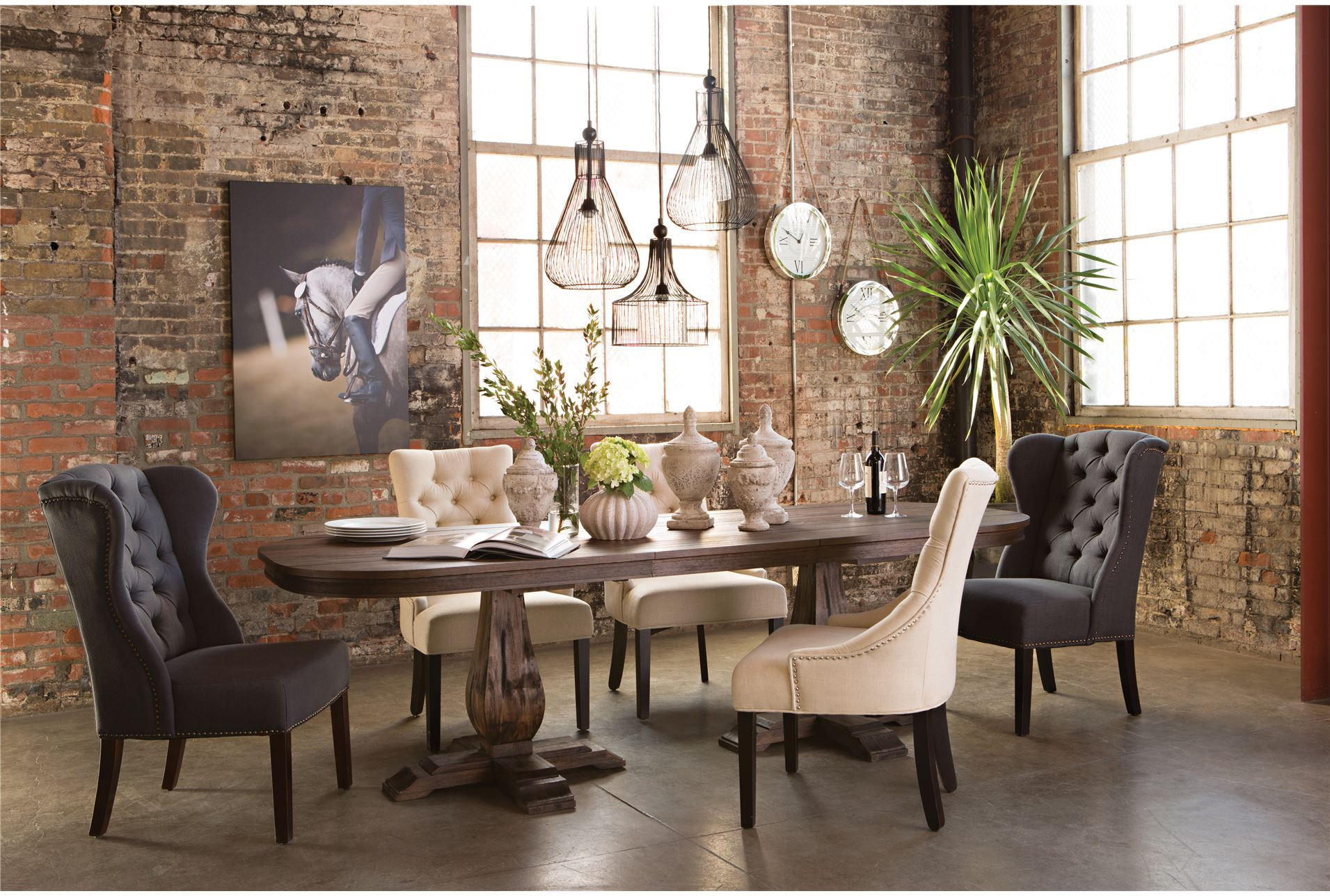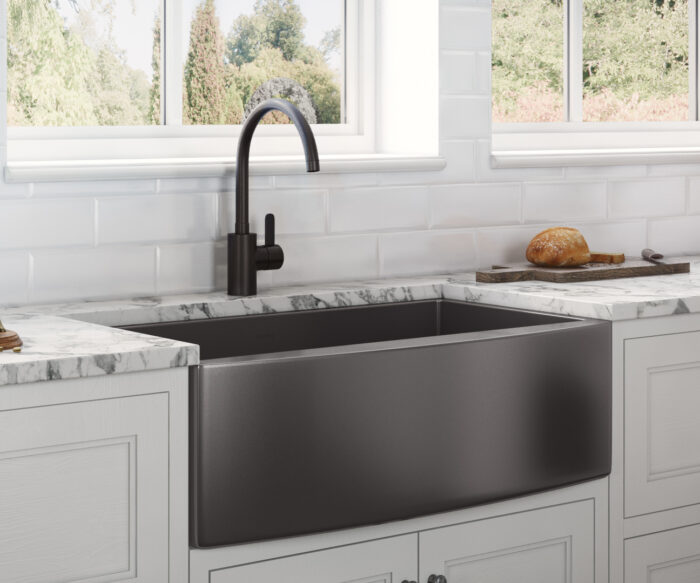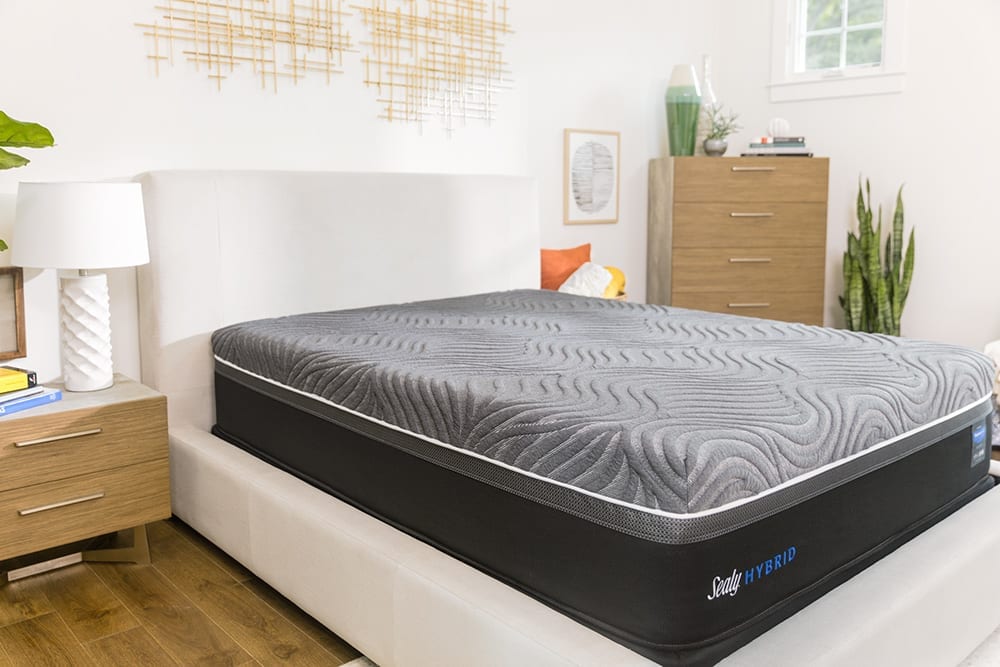Traditional Japanese House Designs share a unique and beautiful style, providing a welcoming atmosphere when you enter. Traditional Japanese homes blend into the landscape and are designed to create a tranquil and cozy atmosphere. From the wide eaves of the roofs to the shoji screen doors, everything inside and outside the house is designed to promote peace and relaxation. Japanese-style homes come in many shapes and sizes, and they range from a simple one room shack on a shoestring budget to large, intricate homes. The architecture of a traditional Japanese house often feature a low-lying roof and simple rectangular shapes that help the home blend in with its natural surroundings. Additionally, many traditional Japanese homes do not have interior walls — rooms are divided by shoji screen doors or elementary room dividers. There is a variety of Japanese Style Homes and Decor which can be used to create a peaceful living space that reflects the values and culture of Japan. From bamboo flooring, hand-crafted furnishings, or the subtle incorporation of nature-inspired art – each element contributes to the overall aesthetic atmosphere.1. Traditional Japanese House Designs: Japanese Style Homes and Decor
Tomokazu Hayakawa Architects have designed some unique passive house designs which have taken their influence from traditional Japanese architecture. These houses have a distinctive style that combines modern building techniques with classic Japanese elements. The roof of the home is created with large overhangs that will absorb heat during the day, allowing for natural cold air to come in the modified home at night which helps lower heating and cooling costs. The walls of the houses are made from prefabricated wood panels that have been treated for protection against the elements. The windows also use a modern design that helps promote natural air circulation and ventilation. The interior is designed with elements from Japanese interior design, like tatami mats, to create an open plan layout with large living spaces that look out over nature. Additionally, the home has plenty of natural lighting and insulation, as well as energy-efficient appliances, helping to keep the overall energy consumption of the home as low as possible.2. Passive House Designs and Traditional Japanese Influences with Tomokazu Hayakawa Architects
From the outside, Japanese Inspired Design & Architecture looks simple yet elegant. But in the world of Japanese interior design, the deeper you delve, the more beautiful and intricate the design. From arranging items in a certain way to how the room is laid out – there are many secrets to creating a beautiful-looking home. One of the biggest components of Japanese-inspired home design is understanding the Zen philosophy. This philosophy revolves around creating a space that is orderly, yet organic and in balance with nature. From wood furniture to fine details like fabric textures and shapes, everything is perfectly balanced and uncluttered. The colors used in traditional Japanese-style decor are mostly light and neutral colors. This helps to keep the room vibrant, yet still soothing. Color plays an important role in Japanese-style home design as well. Natural earth tones, shades of green, and bright colors like white, gray and black can all be used to create a harmonious atmosphere in a Japanese home.3. Japanese Inspired Design & Architecture: How to Add a Little Zen to Your Home
If you’re looking to create a traditional Japanese-style home, a great place to start is with the architecture and layout. Japanese homes often feature low-lying roofs, which help to blend the house into the natural surroundings and help keep it cool during summer. As well, Japanese homes often have a simple rectangular shape, which helps maintain a sense of harmony. The interior of the house should also be designed in the Japanese style. Rooms are often divided by light, airy shoji screen doors or room dividers. Tatami mats are a great way to bring traditional Japanese style into your home. Natural materials such as wood and stone accents add a cozy feel to the home. Additionally, you can make use of artwork or sculptures to emphasize your personal style.4. How to Design a Traditional Japanese Home
Building a traditional Japanese-style house can be a fun and rewarding experience. You don’t have to have a vast knowledge of carpentry to get started — there are many resources available to help you. If you have some basic carpentry skills, you can begin to design and build your own home. The most important aspect of building a traditional Japanese house is to understand the basics of Japanese architecture. Start by learning about the materials that are commonly used for a traditional Japanese home. Wood, stone and bamboo are all commonly used and each have unique characteristics. Consider which of these materials you want to use in your home. Once you know the materials you’d like to use, start to think about the layout of the house. Traditional Japanese homes are usually designed with an open plan layout, using shoji screens or room dividers to separate rooms. Additionally, you should take into consideration the energy efficiency of your home by installing energy efficient doors, windows and insulation.5. Build a Traditional Japanese House
Traditional Japanese home plans are an excellent way to add some character and interest to your new home. These plans draw inspiration from the architectural styles of the Japanese Edo period (1603-1868). During this time, the Japanese people constructed homes with a number of unique design elements, such as using natural materials and building homes close to the ground. When designing a traditional Japanese home, you should focus on how the house will interact with the natural environment. Traditional Japanese homes often incorporate many natural elements, such as wood, stone, bamboo and even plants. Additionally, the roof is usually angled downwards, allowing for ample natural light and ventilation. Here we provide 17 design ideas that will help you create a traditionally inspired Japanese home. From using curved lines to creating a garden space, these ideas will help you create a space that is both modern and timeless.6. Traditional Japanese Home Plans: 17 Design Ideas
Traditional Japanese architecture has remained popular over the centuries for its elegance and simplicity. With its low, angled rooflines and clean lines, traditional Japanese architecture is often considered timeless and reflective of the culture of the country. There are 8 basic design ideas when it comes to creating a traditional Japanese home. Prime amongst these is the idea that the home is to fit in with its natural surroundings instead of standing out. Low-lying roofs help the home blend in with its natural surroundings. Additionally, the use of bamboo, stone and wood materials help to create a unique and inviting atmosphere inside the home. Interior design also takes on a traditional Japanese style. Simple, uncluttered rooms are common, with shoji screen doors used for room divisions. Tatami mats are also used to help separate spaces, and the ceilings and beams are adorned with paper-covered sliding panels.7. Traditional Japanese Architecture: 8 Basic Ideas
Japanese house designs have a unique and distinct style, which has evolved over many centuries. Whether it's traditional Japanese or modern house designs, the style combines unique elements and features that make it stand out from other house build designs. Modern Japanese house designs often feature straight lines and sharp edges, but the traditional style is often more curved and organic. Here are 5 key features of the traditional Japanese house design that contribute to its unique look:8. Modern & Traditional Japanese House Style: 5 Key Features
If you’re interested in learning about traditional Japanese house design, there are a number of resources available to help you. From books to online resources, there’s plenty of ways to get information and start designing your home. Books are often an excellent place to start. There are numerous books on Japanese architecture and house designs which can provide insight into the different styles and features of traditional Japanese homes. Also, take a look at photographs and videos to get a better idea of the look of a traditional home. In addition to books, there are also many websites and online resources that provide information about traditional Japanese house designs. These can offer an in-depth view of traditional Japanese architecture, and include detailed information about the various materials, design elements, and construction methods.9. How to Learn About Traditional Japanese House Design
Achieving a traditional Japanese home design doesn’t have to be difficult or daunting. With a few key design elements, you can make a space that is both stylish and modern with a touch of Japanese influence. Here’s a guide to help you start:10. A Guide to Japanese Home Design
Traditional Japanese House Design With Functionality and Aesthetics
 Japan has a uniquely beautiful style of house construction, and a Japanese traditional house plan is a perfect mix of modern effortless functionality and ageless aesthetic beauty. Combining minimalist design, low eaves, and glass paneling, traditional house plans in Japan masterfully blend modern comfort with timeless elegance.
Japan has a uniquely beautiful style of house construction, and a Japanese traditional house plan is a perfect mix of modern effortless functionality and ageless aesthetic beauty. Combining minimalist design, low eaves, and glass paneling, traditional house plans in Japan masterfully blend modern comfort with timeless elegance.
Open Floor Plan
 In a
Japanese traditional house
, a key component of the design is the open floor plan, which allows a lot of natural light to flow through the house. Large windows, sliding doors and lattice-work walls give the house an air of graceful delicacy and create a sense of spaciousness. The house has rooms that are connected, which allows family members to interact.
In a
Japanese traditional house
, a key component of the design is the open floor plan, which allows a lot of natural light to flow through the house. Large windows, sliding doors and lattice-work walls give the house an air of graceful delicacy and create a sense of spaciousness. The house has rooms that are connected, which allows family members to interact.
Nature’s Serenity
 Building a Japanese traditional house is a way to embrace nature and harmonize with the environment. The house is surrounded by natural elements such as the bamboo or the stones, which create a serenity that’s warm and welcoming. Moreover, the house may feature a natural garden or a rock garden to bring in nature even closer.
Building a Japanese traditional house is a way to embrace nature and harmonize with the environment. The house is surrounded by natural elements such as the bamboo or the stones, which create a serenity that’s warm and welcoming. Moreover, the house may feature a natural garden or a rock garden to bring in nature even closer.
Aesthetic and Artistic Influence
 The Japanese traditional house plan is a symbol of art and craftsmanship. The style also tends to heavily focus on the beauty of details, and it’s evident in the elegant geometrical patterns that adorn the structure’s rooftops and sliding doors. Construction of these houses is an art that requires precision and craftsmanship.
The Japanese traditional house plan is a symbol of art and craftsmanship. The style also tends to heavily focus on the beauty of details, and it’s evident in the elegant geometrical patterns that adorn the structure’s rooftops and sliding doors. Construction of these houses is an art that requires precision and craftsmanship.
Accessorizing the House
 A
Japanese traditional house plan
is also adorned with several accessories. From wooden latticework to ornate wallpapers or furniture, Japanese traditional houses have a unique charm that comes from the careful mix of accessories inside the house. Japanese carpets, Shoji screens, and tatami mats are popular items used to decorate the house, and these are designed to avoid crowding the house with unnecessary elements.
A
Japanese traditional house plan
is also adorned with several accessories. From wooden latticework to ornate wallpapers or furniture, Japanese traditional houses have a unique charm that comes from the careful mix of accessories inside the house. Japanese carpets, Shoji screens, and tatami mats are popular items used to decorate the house, and these are designed to avoid crowding the house with unnecessary elements.
Building an Efficient House
 The last component of a Japanese traditional house is the efficient use of storage and space. Traditional house plans in Japan includes a degree of flexibility in the house’s design that allows the utilization of maximum space. For example, a corner may be turned into storage or a traditional teahouse. Practicality is the key element in the design - by maximizing the use of space, a
Japanese traditional house
can provide the modern family all the practical elements they need without sacrificing aesthetics.
The last component of a Japanese traditional house is the efficient use of storage and space. Traditional house plans in Japan includes a degree of flexibility in the house’s design that allows the utilization of maximum space. For example, a corner may be turned into storage or a traditional teahouse. Practicality is the key element in the design - by maximizing the use of space, a
Japanese traditional house
can provide the modern family all the practical elements they need without sacrificing aesthetics.








































































